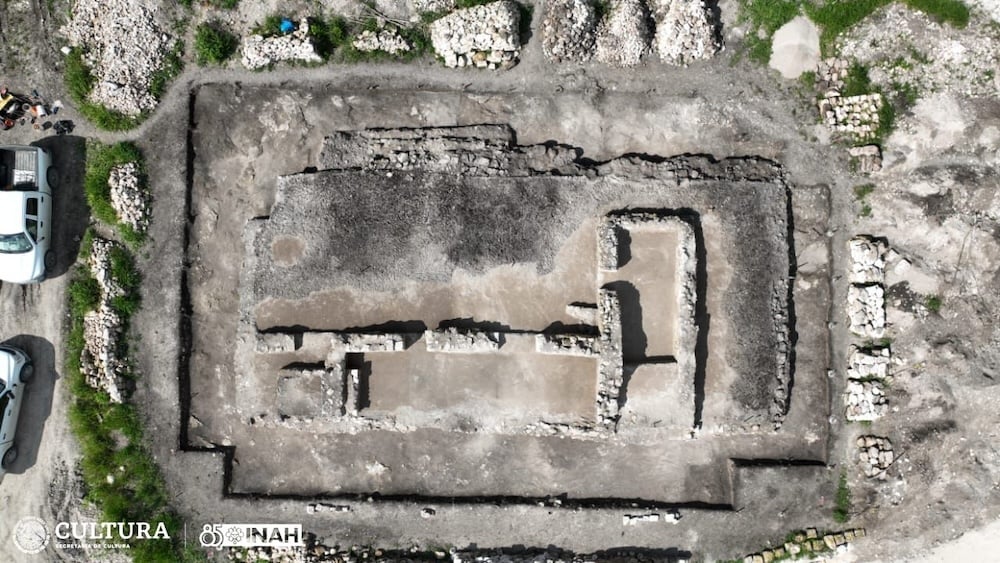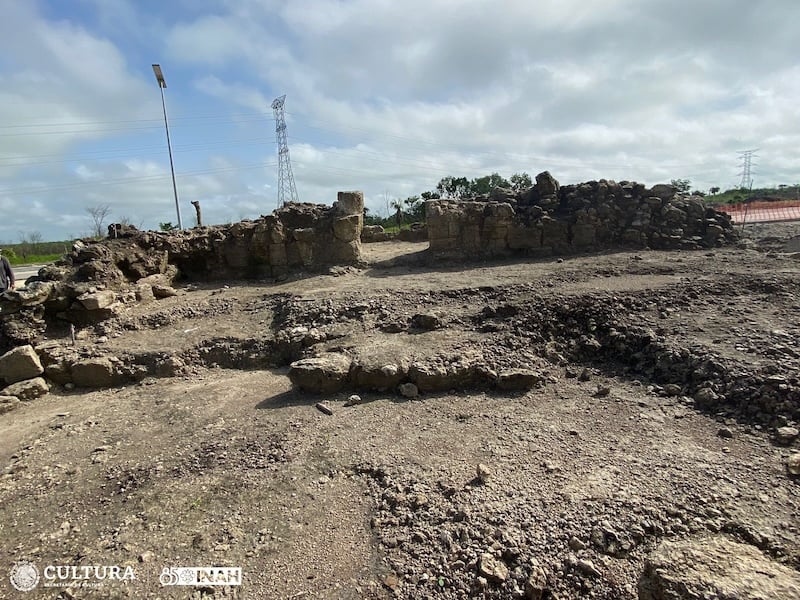Archaeology & History
1,000-Year-Old Mayan Ruins Unearthed During Construction Work in Mexico
Archaeologists excavated seven structures, five of which will be open to the public.

In mid-2020, Mexico began work on Tren Maya, a 1,000-mile long railway network lopping together the nation’s Mayan sites. Future travelers to Kohunlich, a 2,000-year-old Mayan city on the border of Belize, will have new sites to explore after construction workers uncovered a series of buildings that once belonged to local elites.
Located roughly five miles outside of the main archaeological site, researchers from Mexico’s National Institute of Anthropology and History (INAH) took over last year and have since identified seven domestic structures dating back at least 1,000 years.
Most of the buildings have a rectangular floor plan with vaulted rooms and are believed to have served both a domestic and agricultural function. Archaeologists were able to date the grouping of structures based on the Petén architectural style, a regional practice that dates from 300 C.E. to 1000 C.E. It is known for features including narrow interiors, arched ceilings, and stucco inscriptions.

The elite buildings are distinctive of the Petén architectural style. Photo: courtesy Mexico’s National Institute of Anthropology and History.
In addition, archaeologists uncovered a range of stone, ceramic, and bone artifacts, which are still being analyzed. Of particular interest was a crescent-shaped snail shell inscribed with human figures.
“It is a type of shell of which there are no more than six across all of the Mayan areas of Mexico and Central America,” lead archaeologist Carrillo Sánchez said in a statement. “The object must have belonged to the owner of the house and could have been an offering at the building’s construction.”

One of the 1,000-year-old Maya structures found outside of Kohunlich. Photo courtesy Mexico’s National Institute of Anthropology and History.
Previously, it was believed that the areas outside of Kohunlich were predominately used for agriculture. Now it seems they were settled by elite groups. Kohunlich, whose original Mayan name remains unknown, was a regional trade hub that served as a link to cities along the coast. Excavations that began in 1968 have revealed a highly planned city that includes 200 mounds, a series of plazas, raised temples, and a ball court.
The INAH team is currently restoring five of the seven buildings in anticipation of opening them up to the public. The other two have been sealed ahead of future archaeological research.
“This discovery not only allows us to better understand our past, but also invites us to revalue the immense cultural wealth of southern Quintana Roo and our entire state,” the region’s governor Mara Lezama said in a statement.
The Kohunlich Archaeological Zone has been closed to the public since early June for what INAH called “development projects.”
It’s the latest discovery uncovered in the process of building Tren Maya. The project launched by former Mexican president Andrés Manuel López Obrador stumbled upon an archeological site of more than 300 buildings in 2022 and last year found an extremely rare statue of the Mayan god K’awiil.





